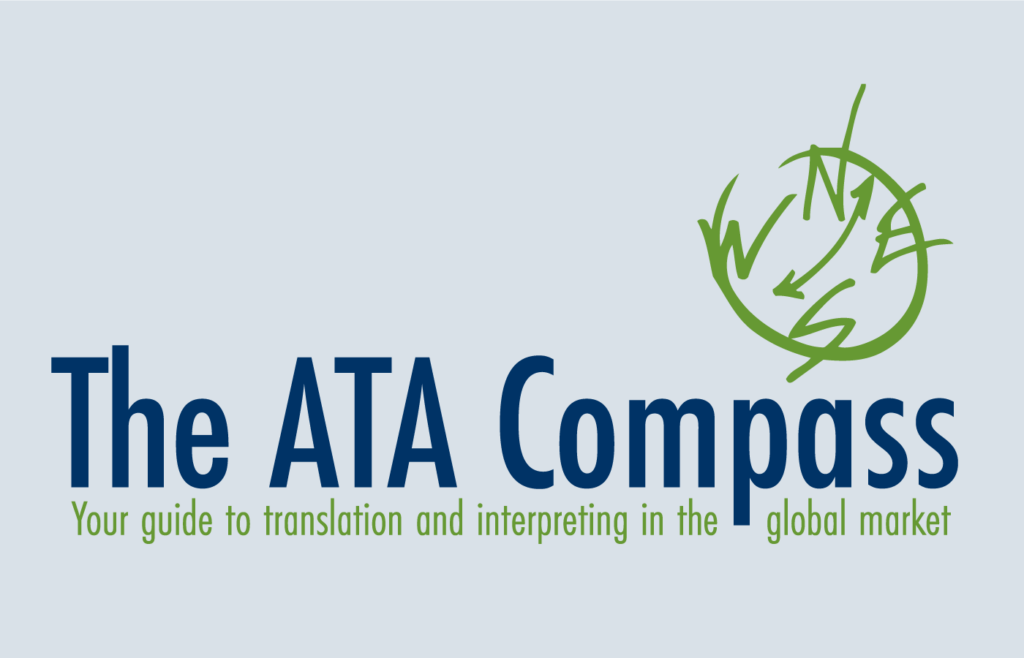Going International from the Inside Out: Making the Most of Multilingual and Multicultural Staff
Last year, a mid-sized manufacturer took their brand international with a multilingual campaign that opened the company to orders from rapidly growing markets in Asia. In the process, their accounting department saved them a great deal of money, but not in the way you would expect.
The owner had found a translation agency with a strong track record in mainland China to produce a Chinese-language version of their website and promotional materials. When the work was done, she asked several Chinese speakers on her staff to review the translation. One person in accounting noticed that the translation of the company’s name had an awful connotation in the region where she grew up. By catching the problem early, they were able to have the agency change the translation so that it sounded appropriate in all the regions where Chinese is spoken, before the materials were printed and the website went live. In the end, they not only avoided the high costs of making changes later or creating separate materials for that regional market, they also prevented permanent damage to the brand.
As business becomes increasingly global, there is a growing need to communicate in multiple languages and understand multiple cultures. The question is: are you making the most of your human resources? Your multilingual and multicultural staff are great assets when it comes to marketing in other countries, product development, B2B relationships, and translation quality assurance. But when working from the inside out, it’s important to avoid some common pitfalls.
You Don’t Know Until You Ask
Modern managers have better sense than to assume an employee can speak a language based on their last name or their ethnicity, but it’s easy to let ourselves make opposite assumptions. In an increasingly international world, where it’s easier than ever to live and study abroad, Tim O’Brien from Milwaukee may be your best Japanese speaker, and Gloriana Rodriguez may have grown up in France.
When looking internally for employees with language abilities, make sure that everybody gets the memo. Consider asking your human resources people to include linguistic skills in your database for easy reference.
Keep It Simple
Just as being tall doesn’t make you a basketball player, being able to speak two languages doesn’t make you a translator. Many bilingual people will be able to read something for you and tell you what it says, or help out with some basic business correspondence. But being able to produce a complete written translation that’s stylistically note-perfect and faithful to the original requires a special skill set and years of training. Asking an untrained employee to take on the role of a professional translator is unlikely to be cost-effective. You not only risk receiving subpar quality, but the unfamiliar task will require considerable time.
When tapping into your bilingual assets, be sure you know their limits. Use them to get the gist of foreign documents, help you decide what needs to be professionally translated, and review the translations that you have sourced externally.
Direction Matters
Few people are as fluent in their second language as they are in their native language. That’s why most professional translators only translate into their native language. You simply understand the nuances of the language you grew up speaking better than a language you learned in school or as an adult. A bilingual employee may do a great job helping you understand things written in their second language, but that doesn’t mean that they can write in that language at a level that is suitable for business. And keep in mind that you have no way of judging the quality of that writing.
As a rule of thumb, it’s best not to ask a staff member to write a letter to a foreign associate or client if that employee didn’t at least complete high school in a country where the language was spoken.
Culture Is Key
Cultural awareness isn’t just about avoiding offending people accidentally. Understanding how your campaigns, products, and services will fit another culture is key. Providing you with this insight is one of the greatest contributions your multilingual and multicultural staff members can make. Your employees understand your product and what you are trying to achieve, making them ideally positioned to give feedback about cultural expectations. A knowledgeable employee may even help you discover marketing advantages that your product may have in the target culture, which you might otherwise miss.
The trick is to involve them in the entire process, from the early planning stages to the final review, before a campaign is launched. And because culture is all about nuance, try to meet with them in person. You’d be surprised how much more insightful and productive it is.
If you’re looking to grow your business, venturing into the global marketplace is a big step, and it’s not without risks. Understanding the importance of language and culture reduces the risk and helps you avoid unnecessary pitfalls. Take inventory of your existing human resources and involve your multilingual and multicultural staff in planning and executing your international ventures. By making the most of their assets, you’ll be in a stronger position right from the start.
About the Author
Martin Cross is the president of Patent Translations Inc., serving law firms and patent departments in the U.S. and abroad. He is an active corporate member of the American Translators Association. The ATA represents over 10,000 translators and interpreters in more than 100 countries. Along with advancing the translation and interpreting professions, ATA promotes the education and development of language services providers and consumers alike.
ATA is Making News
ATA provides content for professional and trade publications to spread insight to a wide range of readers. This article appears in the following publications:
- Article Weekly (June 1, 2017)
- Lab Manager (June 9, 2017)
- TLNT Talent Management and HR (June 14, 2017)
- Recruiting Headlines (June 14, 2017)
- PPAI Publications (June 15, 2017)
- Information & Communication Tech Solutions (August 1, 2017)
- Inside Business: Hampton Roads Business Journal (August 28, 2017)
- Canadian Auto World (October 2017)
- The Franchise Handbook (August 2017)
- PC Today (September 2017)
- The Distributor’s Link (Winter 2018)






